1. Chi-Chi’s
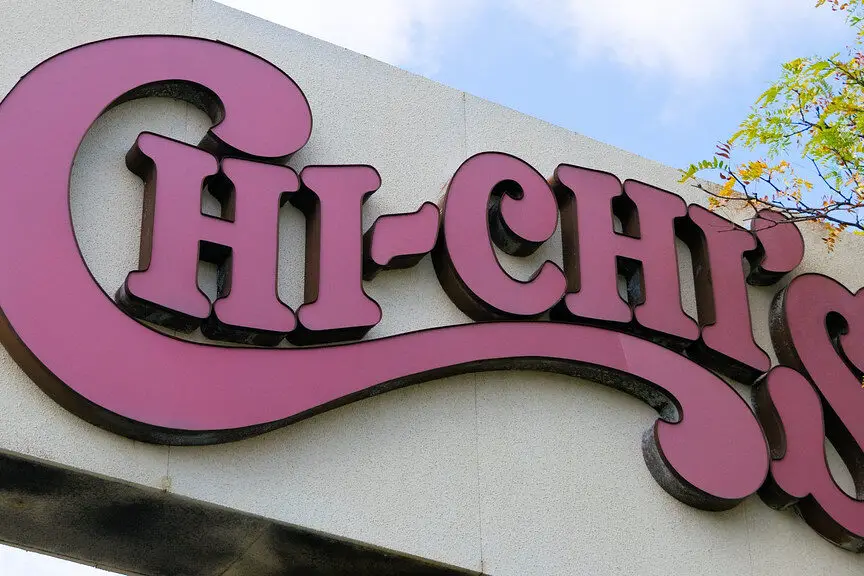
Chi-Chi’s was the place to be if you wanted to feel like you were having a fiesta in the suburbs. With sizzling plates of chimichangas and endless chips and salsa, it made Mexican-American food feel like a celebration. It launched in the mid-1970s and quickly grew into a nationwide chain, helped along by the popularity of margaritas and mariachi-themed decor. For a lot of families, it was their first introduction to Mexican food—even if it was more Tex-Mex than traditional says MSN.
The downfall came suddenly and dramatically. In 2003, a hepatitis A outbreak linked to green onions at several locations led to the largest such outbreak in U.S. history. Already struggling financially, Chi-Chi’s couldn’t recover. By 2004, all U.S. locations had closed. A few international outposts remain, but for Americans, it’s just a spicy memory now adds TODAY.
2. Steak and Ale
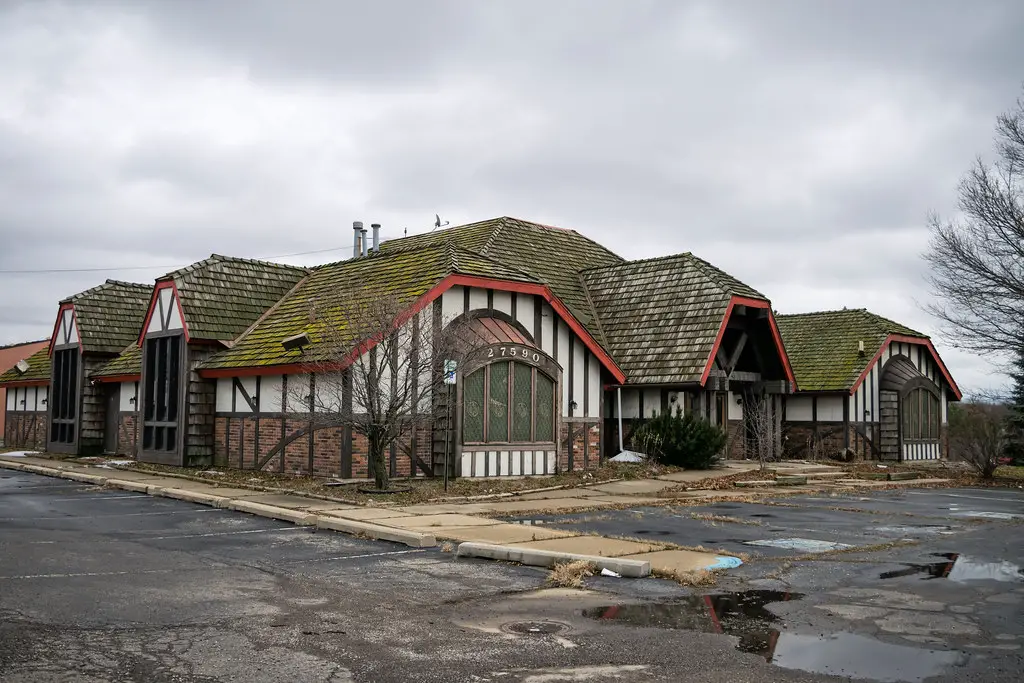
Steak and Ale brought a little elegance to casual dining, offering affordable steak dinners in a cozy, dimly-lit setting. It launched in the 1960s and was a popular spot for date nights and special occasions throughout the ’70s and ’80s. With hearty meals and unlimited salad bars, it had something for everyone. The medieval-themed decor might feel a little kitschy now, but back then, it was charming says i95 Rock.
Unfortunately, as tastes shifted and competition increased, Steak and Ale started losing steam. It filed for bankruptcy in 2008 and closed its last remaining locations soon after. Fans were heartbroken to see it go. There have been rumors of a revival, but for now, it remains a fond memory adds the Takeout.
3. Minnie Pearl’s Chicken
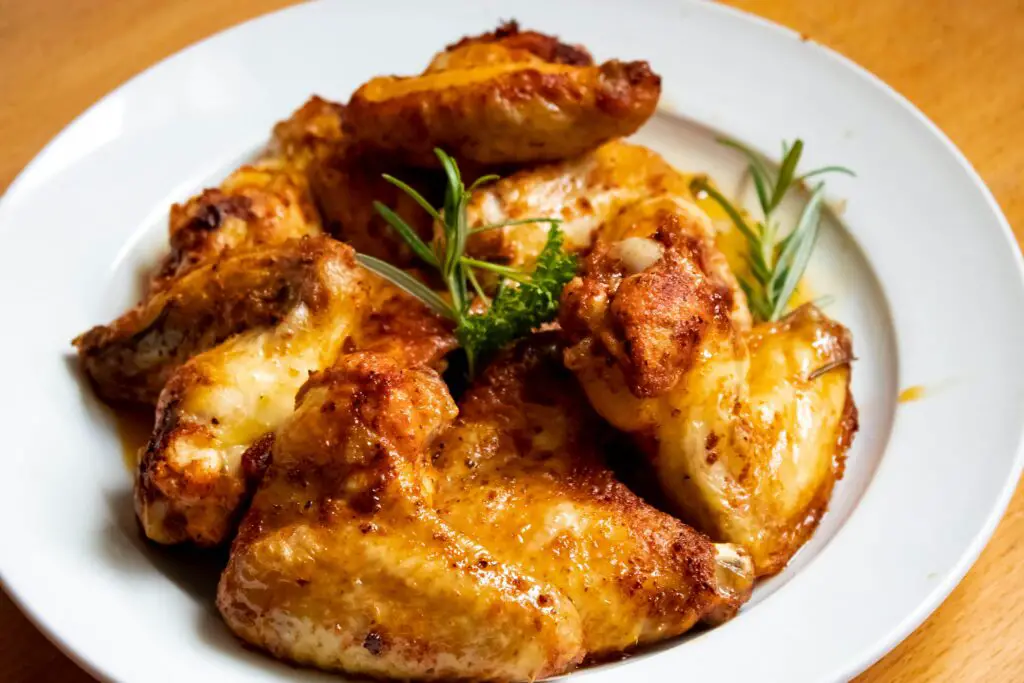
This one had a short but fiery run in the late ’60s, riding the wave of fried chicken success sparked by KFC. Backed by the country singer Minnie Pearl herself, the chain exploded in growth almost overnight. There were hundreds of franchises sold before even a dozen locations had opened. It was all wrapped up in Southern charm, promising crispy chicken with a smile.
But poor planning and scandal did it in quickly. Investors sued over mismanagement and inflated claims, and the whole thing collapsed within a couple of years. By the early ’70s, Minnie Pearl’s Chicken was gone. It’s now mostly remembered as a cautionary tale in fast-food history.
4. Lum’s
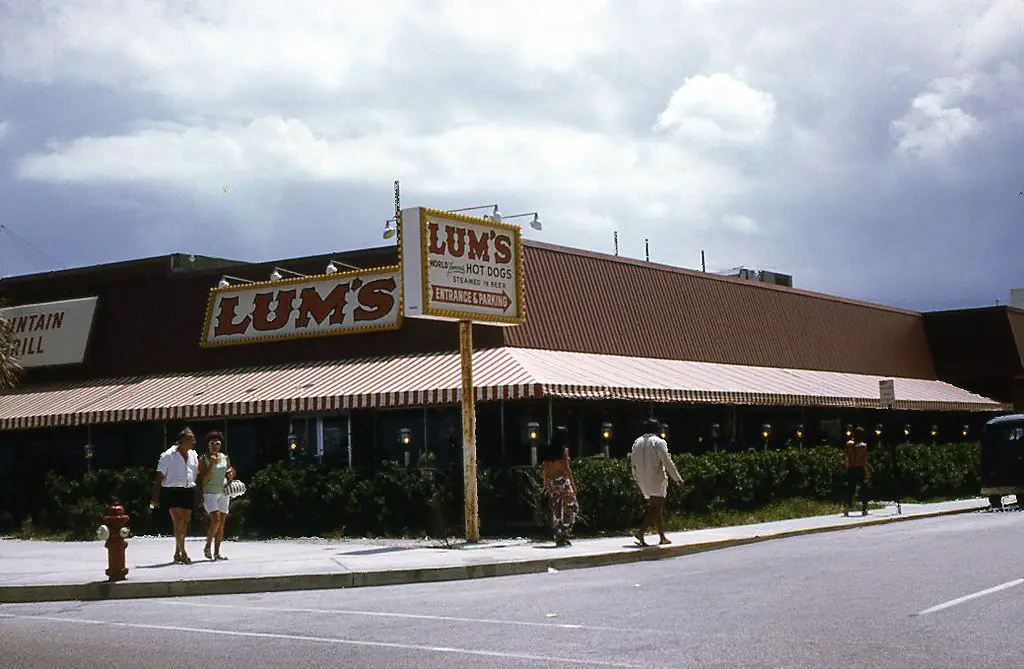
Imagine ordering a hot dog steamed in beer—that was Lum’s claim to fame. Founded in Florida in the 1950s, the restaurant had a quirky but appealing menu that made it stand out. By the ’70s, it had grown to more than 400 locations, and it even caught the attention of the folks behind All in the Family, who had Archie Bunker own a Lum’s-style bar.
Despite its popularity, ownership changed hands a few times, and each transition seemed to water down the brand. The food quality slipped, and customers drifted away. By the early 2000s, the last Lum’s had quietly closed. Today, it’s remembered as one of those offbeat spots that added a little weird fun to America’s dining scene.
5. Gino’s Hamburgers
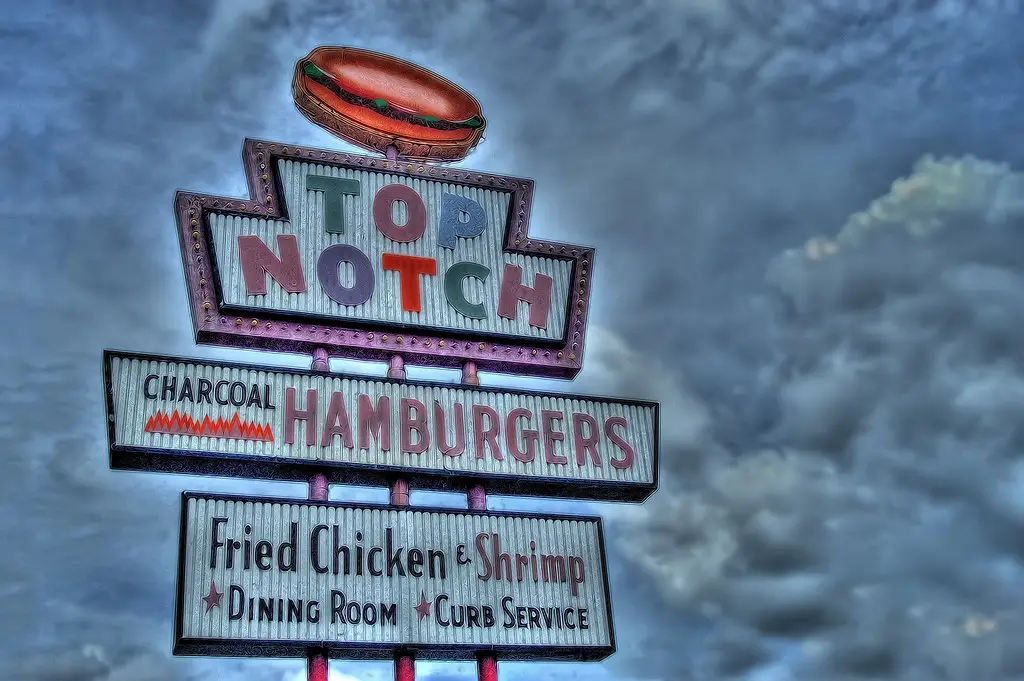
If you grew up on the East Coast in the ’60s or ’70s, you might remember grabbing a burger from Gino’s. The chain was founded by football star Gino Marchetti and became known for juicy burgers and a partnership with Kentucky Fried Chicken. You could get both fried chicken and a cheeseburger in the same visit, which was a novelty back then. Gino’s even sponsored local sports events and had a strong hometown vibe.
By the ’80s, though, Gino’s was struggling to keep up with the bigger burger brands. It was eventually bought out by Marriott and folded into Roy Rogers. A few locations hung on for a while, but the original charm was lost. A small revival effort has popped up, but it’s a shadow of what it once was.
6. Valle’s Steak House
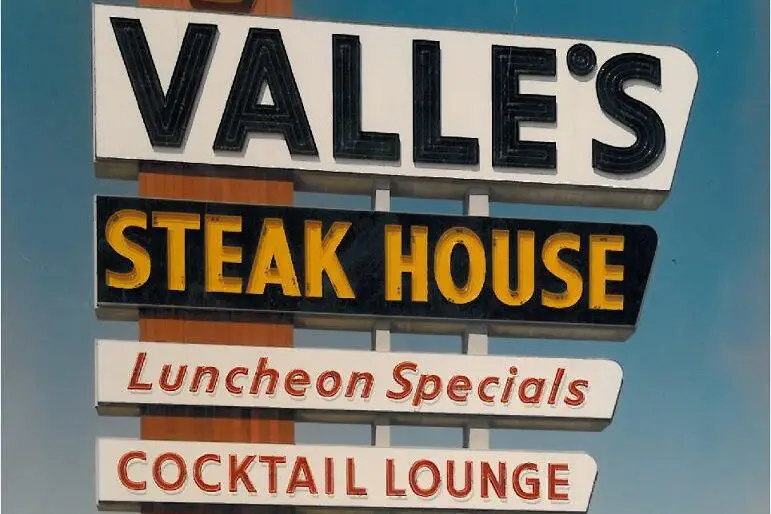
Valle’s was one of those places your grandparents might have dressed up to go to. Known for its surf and turf and prime rib dinners, it started in Maine and expanded up and down the East Coast. In the ’60s and ’70s, it was a go-to for special family outings or Sunday dinners. Each restaurant could seat over 800 people, making it feel like a dining hall with white tablecloths.
But as dining preferences shifted toward smaller, more casual spots, Valle’s started to feel outdated. Rising food costs and changing demographics didn’t help. By the early ’90s, the last few restaurants closed quietly. Today, it’s remembered for its generosity—portions were huge—and its distinctly old-school vibe.
7. Sambo’s
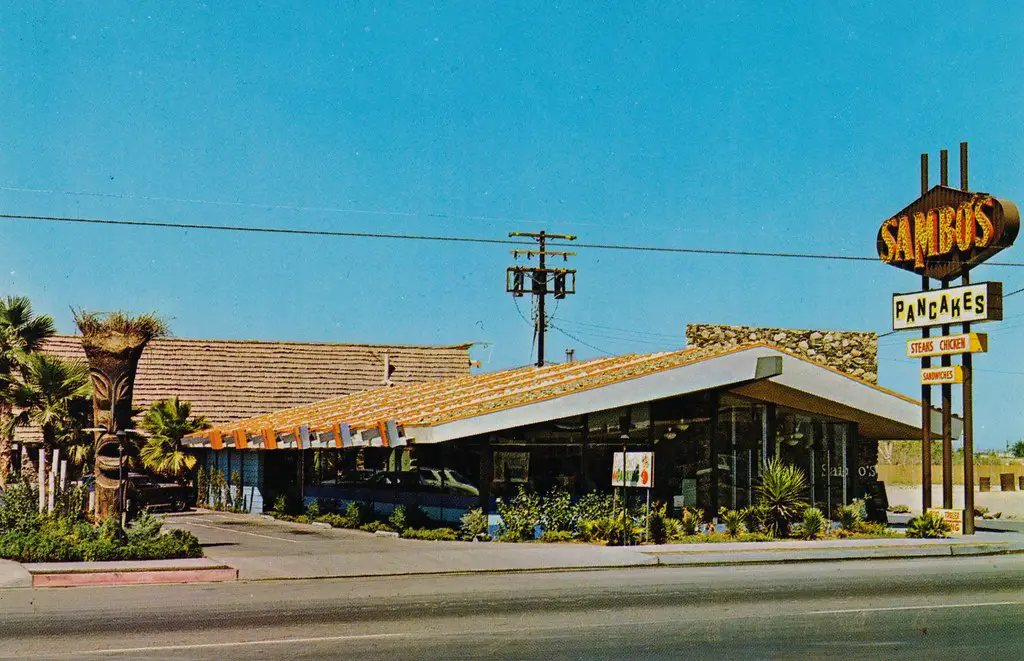
Sambo’s began as a pancake house in the late ’50s and quickly grew into a massive chain with more than 1,100 locations at its peak. It was known for its cheap breakfasts, particularly the “Tiger Butter” pancakes. Families liked the prices and consistency, and it was a regular stop for weekend breakfasts across the country. The name, taken from the children’s book The Story of Little Black Sambo, didn’t raise eyebrows at first.
But over time, people began calling attention to the racist origins of the name and imagery. Protests grew, and the brand became increasingly controversial. Many locations changed names or shut down altogether. The last Sambo’s in California officially rebranded in 2020, bringing the chapter to a close.
8. Red Barn
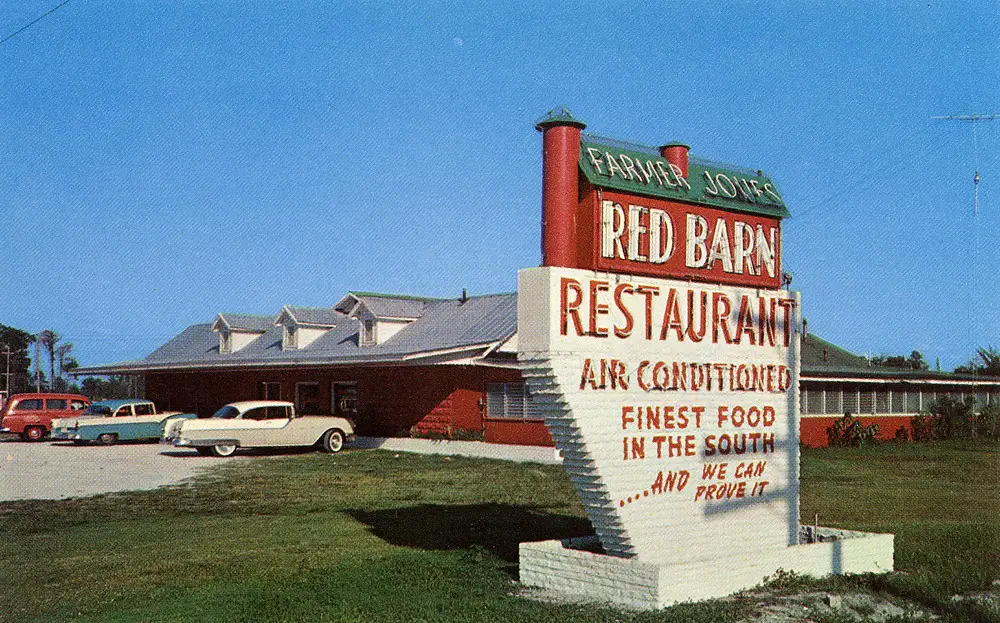
Red Barn restaurants were easy to spot thanks to their barn-shaped buildings and enormous windows. Starting in the 1960s, they were an early competitor in the fast food boom. They offered a mix of burgers, fried chicken, and fish sandwiches—plus a salad bar before that became common. Kids loved the mascots like “Hamburger Hungry” and “Chicken Hungry.”
Despite strong early growth, the chain went through several ownership changes that derailed its momentum. By the ’80s, most locations had closed or been converted into something else. A few buildings still stand, repurposed into everything from churches to office space. But Red Barn itself has been gone for decades, remembered mostly through nostalgia and old photos.
9. All-Star Café
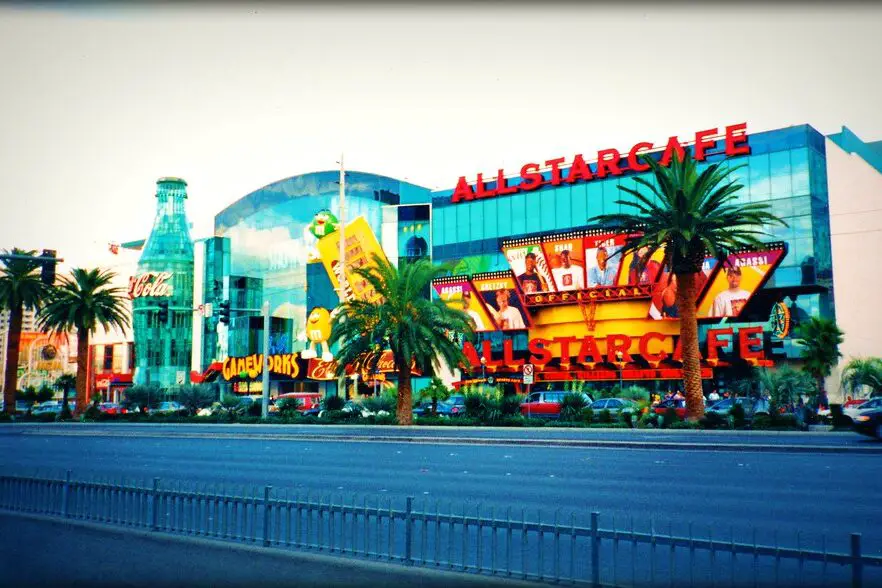
If you were a sports fan in the ’90s, you might remember the All-Star Café. It was like Planet Hollywood for jocks, with memorabilia from stars like Shaq, Andre Agassi, and Wayne Gretzky. Owned by the same folks behind Hard Rock Café, it was meant to be a family-friendly spot that mixed food with fandom. For a while, it worked.
But the novelty wore off quickly, and it turned out most people preferred watching sports at home or at more casual places. With high costs and dwindling interest, locations began closing rapidly. By the early 2000s, the All-Star Café was benched for good. These days, it lives on only in memories and the occasional piece of merchandise on eBay.
10. Charlie Brown’s Steakhouse
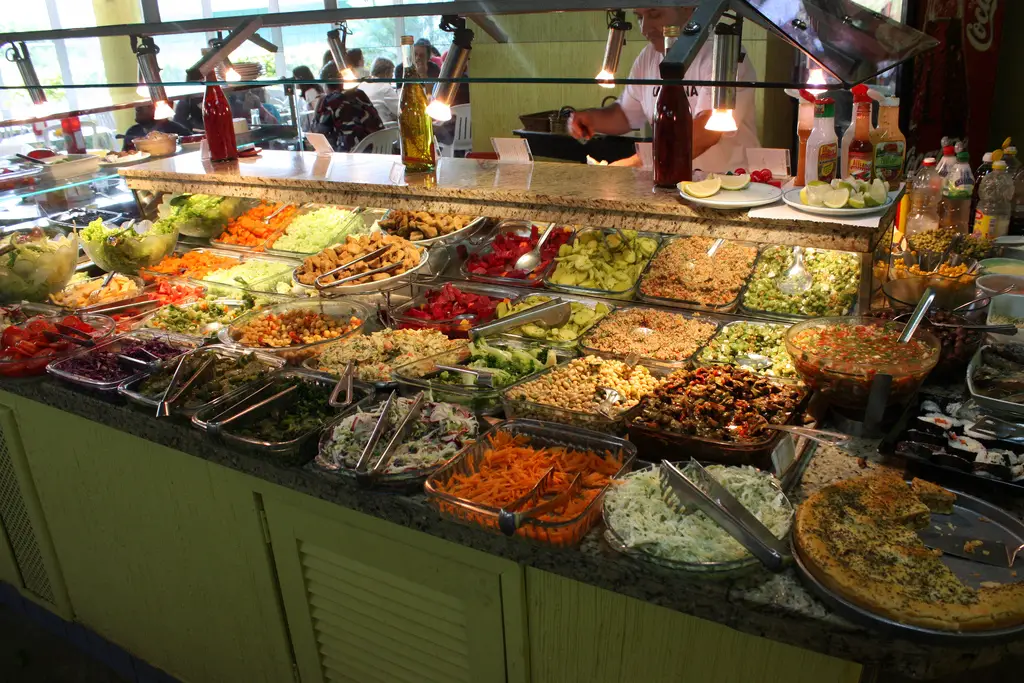
Charlie Brown’s was a regional favorite in New Jersey and surrounding states, known for its salad bar and cozy, slightly upscale feel. The prime rib and steaks kept regulars coming back, and the atmosphere struck a balance between casual and classy. It was the kind of place people went after Little League games or for low-key birthdays. The name gave it a sense of fun, even though it had nothing to do with the comic strip.
Like many mid-tier chains, it ran into trouble during economic downturns. Locations began closing throughout the 2010s, and the pandemic was the final blow for many of the remaining ones. A few still exist under new ownership, but the brand’s heyday is long gone. For those who grew up with it, Charlie Brown’s felt like a second dining room.
11. Kenny Rogers Roasters
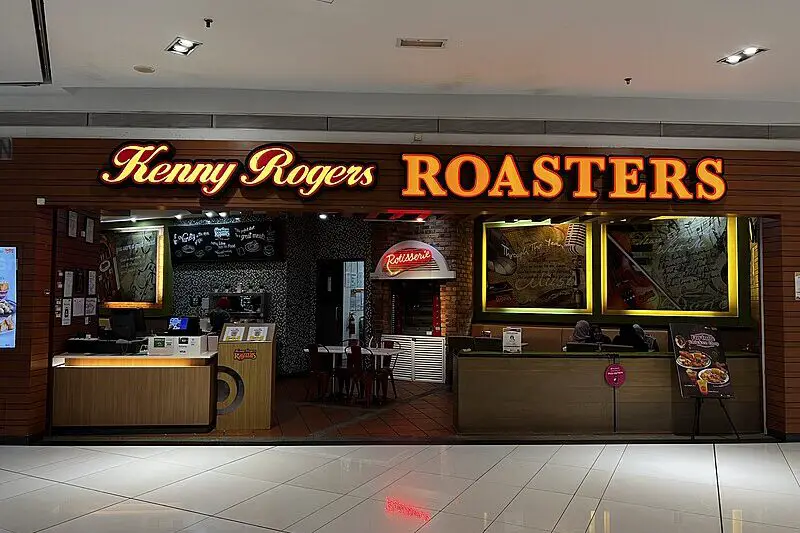
Country singer Kenny Rogers had a surprisingly good run in the restaurant world. His rotisserie chicken chain opened in 1991 and gained popularity for offering a healthier alternative to fried fast food. The chicken was juicy, the sides were fresh, and the name gave it instant celebrity appeal. It even made a cameo on Seinfeld, which gave it a pop culture boost.
But as newer health-focused spots and fast-casual chains arrived, Kenny Rogers Roasters lost ground. Most U.S. locations shut down by the mid-2000s. Oddly enough, it’s still popular in Asia, particularly the Philippines and Malaysia. So while it’s gone in America, the Roasters name lives on halfway across the world.
12. Hamburger Hamlet
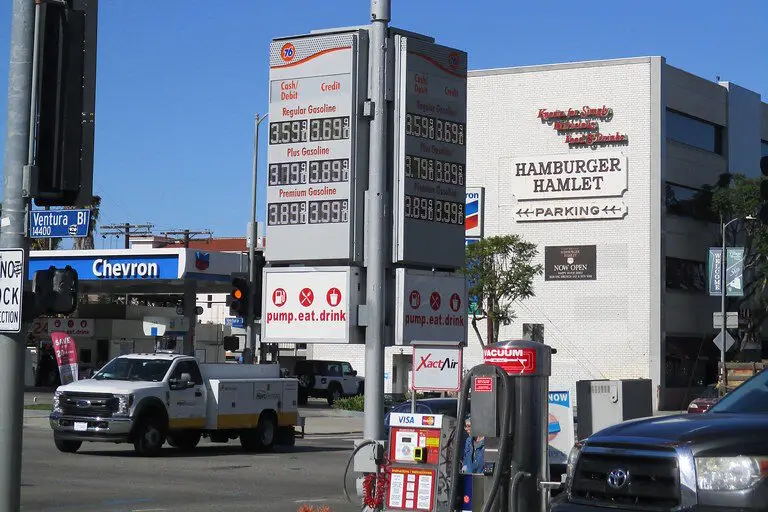
Once a trendy spot for celebrities and locals alike, Hamburger Hamlet offered a slightly upscale twist on the classic burger joint. Starting in Los Angeles in the 1950s, it served gourmet burgers with unique toppings like guacamole or baked brie, way before that was considered normal. It had dim lighting, red leather booths, and a touch of Hollywood glamour that made it feel special. For many, it was a go-to for post-movie dinners or birthday lunches.
But tastes shifted, and the market became saturated with newer, edgier burger spots. Hamburger Hamlet struggled to reinvent itself and began closing locations one by one. The chain’s final locations shut down in the early 2010s. For Angelenos in particular, it was the end of a golden era of casual-but-classy burger dining.
